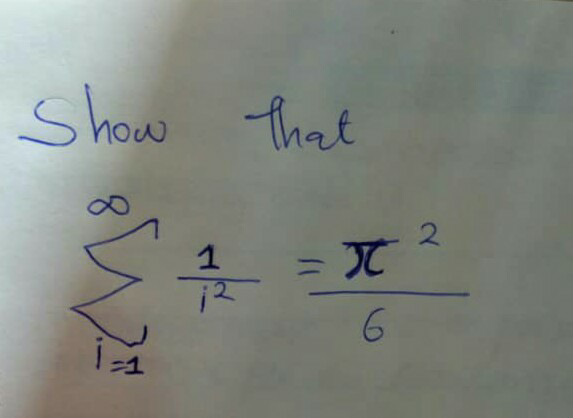
AllQuestion and Answers: Page 1487
Question Number 62428 Answers: 0 Comments: 6

Question Number 62424 Answers: 1 Comments: 2

Question Number 62425 Answers: 0 Comments: 0
Question Number 62420 Answers: 0 Comments: 0
Question Number 62419 Answers: 0 Comments: 1
Question Number 62418 Answers: 0 Comments: 0
Question Number 62417 Answers: 0 Comments: 0
Question Number 62416 Answers: 0 Comments: 1
Question Number 62415 Answers: 0 Comments: 1
Question Number 62414 Answers: 1 Comments: 0
$${find}\:\int\:\:\:\:\:\frac{{e}^{{x}} }{\sqrt{{e}^{\mathrm{2}{x}} −\mathrm{1}}}{dx} \\ $$
Question Number 62413 Answers: 0 Comments: 0
Question Number 62412 Answers: 0 Comments: 2
Question Number 62410 Answers: 0 Comments: 0
Question Number 62399 Answers: 1 Comments: 0
Question Number 62396 Answers: 0 Comments: 0

Question Number 62395 Answers: 0 Comments: 1
Question Number 62389 Answers: 1 Comments: 1
$$\int\mathrm{0dx}= \\ $$$$ \\ $$$$ \\ $$$$\mathrm{help} \\ $$
Question Number 62388 Answers: 1 Comments: 1
Question Number 62380 Answers: 1 Comments: 0
Question Number 62372 Answers: 1 Comments: 0
Question Number 62363 Answers: 2 Comments: 0

Question Number 62347 Answers: 2 Comments: 0

Question Number 62343 Answers: 1 Comments: 1
Question Number 62342 Answers: 1 Comments: 4
Question Number 62341 Answers: 2 Comments: 3
Question Number 62340 Answers: 0 Comments: 3

Pg 1482 Pg 1483 Pg 1484 Pg 1485 Pg 1486 Pg 1487 Pg 1488 Pg 1489 Pg 1490 Pg 1491
